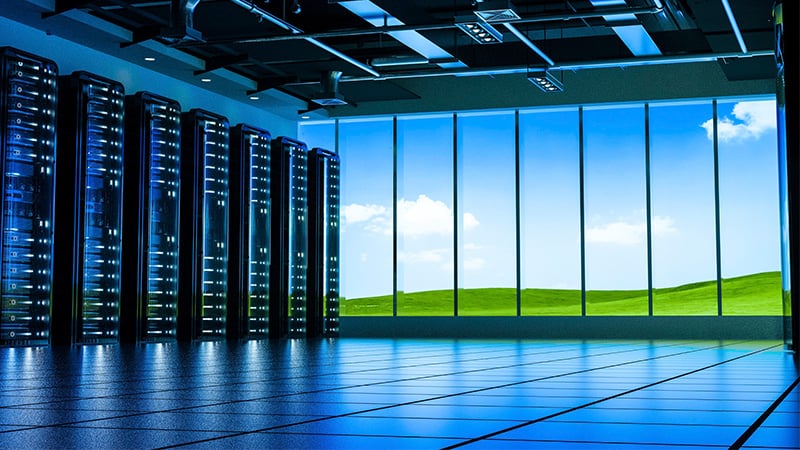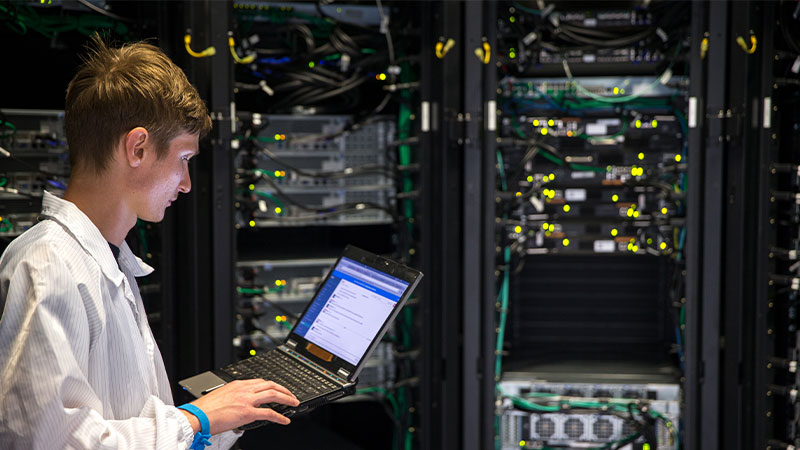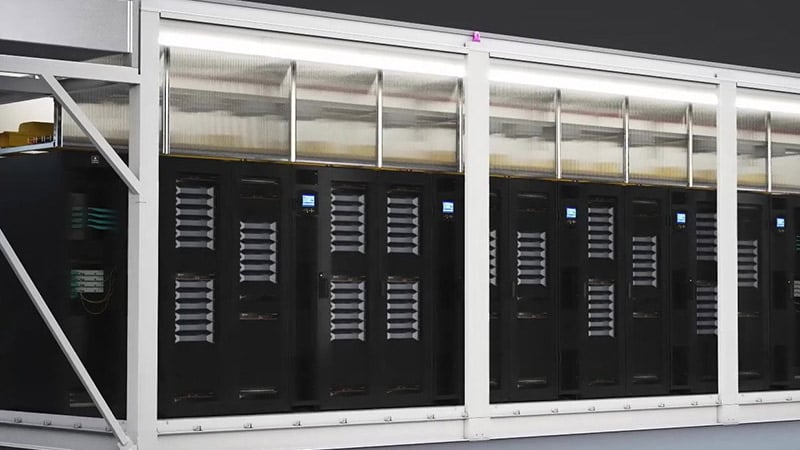The substantial growth in the quantity of information produced and stored globally has driven the construction of more hyperscale data centers, causing an increase in energy consumption as well as a concern for sustainability and the carbon footprint that it may cause.
Data centers represent about 1% of the global electricity consumption, and 0.5% of CO2 emissions, according to data from Green IT.
The impact on energy consumption
A hyperscale data center uses an average of 20 to 50 megawatts of electricity annually, which is approximately equal to the energy usage of 37,000 households, according to estimations by experts from Vertiv.
This energy comes from the high demand for applications and technologies. Statista indicate that by 2025, close to 16.5 billion devices will connect via the Internet of Things (IoT) worldwide. In addition, the use of autonomous vehicles, virtual and augmented reality, and Industry 4.0 will continue to grow significantly.
For these reasons, many companies are implementing advanced technological solutions that allow for greater efficiency in electricity consumption. For example:
-
Free-cooling solutions, such as the Liebert AFC adiabatic chiller with free-cooling, which combines three key cooling technologies: adiabatic, free-cooling, and mechanical refrigeration. These technologies are used to provide cooling to critical electronics in a more efficient and sustainable way, reducing energy consumption and costs associated with traditional mechanical refrigeration.
-
Use of lithium batteries allows for an increase in the data center temperature set point, so less air conditioning, and energy, is required to cool these batteries, compared to standard VRLA batteries (valve-regulated lead-acid).
Alternative Energy Opportunities in Latin America
ReportLinker’s Latin America Data Center Construction Market report shows that significant growth in the construction of data centers is expected in Latin America in the coming years, driven by the increasing demand for digital services and the need for companies across all industries to have data storage solutions and cloud services.
With this scenario, an important opportunity presented in the region is the adoption of alternative energy solutions in data centers. Currently, several operators in Latin America are already working in this direction, and the adoption of renewable energy and similar measures is expected to continue to grow in the region.
The report highlights that Brazil, Chile, Argentina and Paraguay are some of the countries working toward the adoption of renewable energies in their data center operations.
Learn more about how efficient your operation is and how Vertiv optimization services help organizations reduce overall costs in the data center. In this link, you can discover the 5 steps to achieve a highly efficient data center.







